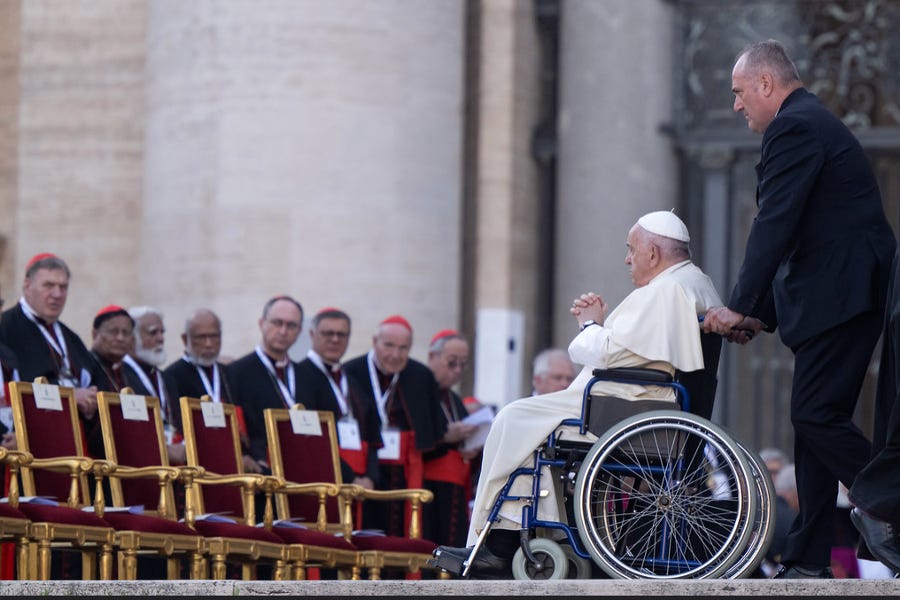Pope cites ‘Amoris laetitia’ on doctrine in synodal implementation note
'Unity of teaching... does not preclude various ways of interpreting some aspects of that teaching,' the pope said.
Pope Francis cited principles in his 2016 exhortation Amoris laetitia Monday, in a note calling for the synod on synodality’s final document to be implemented in dioceses worldwide.

In a roughly 900-word text released Nov. 25, the pope stressed t…
